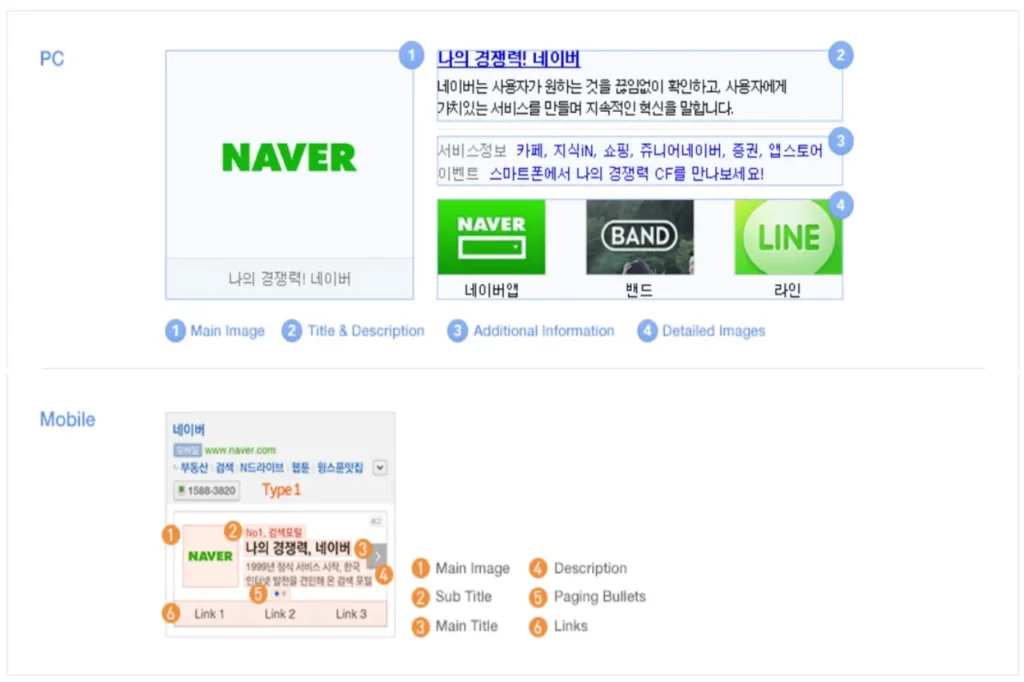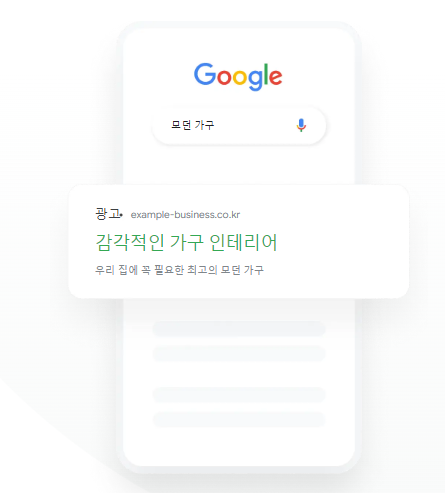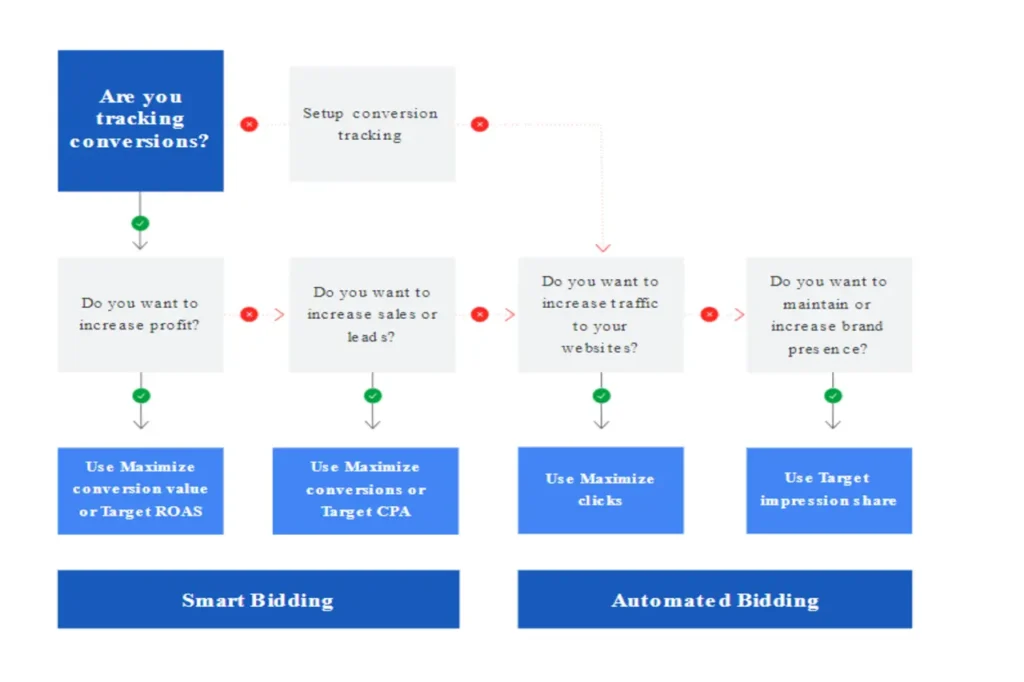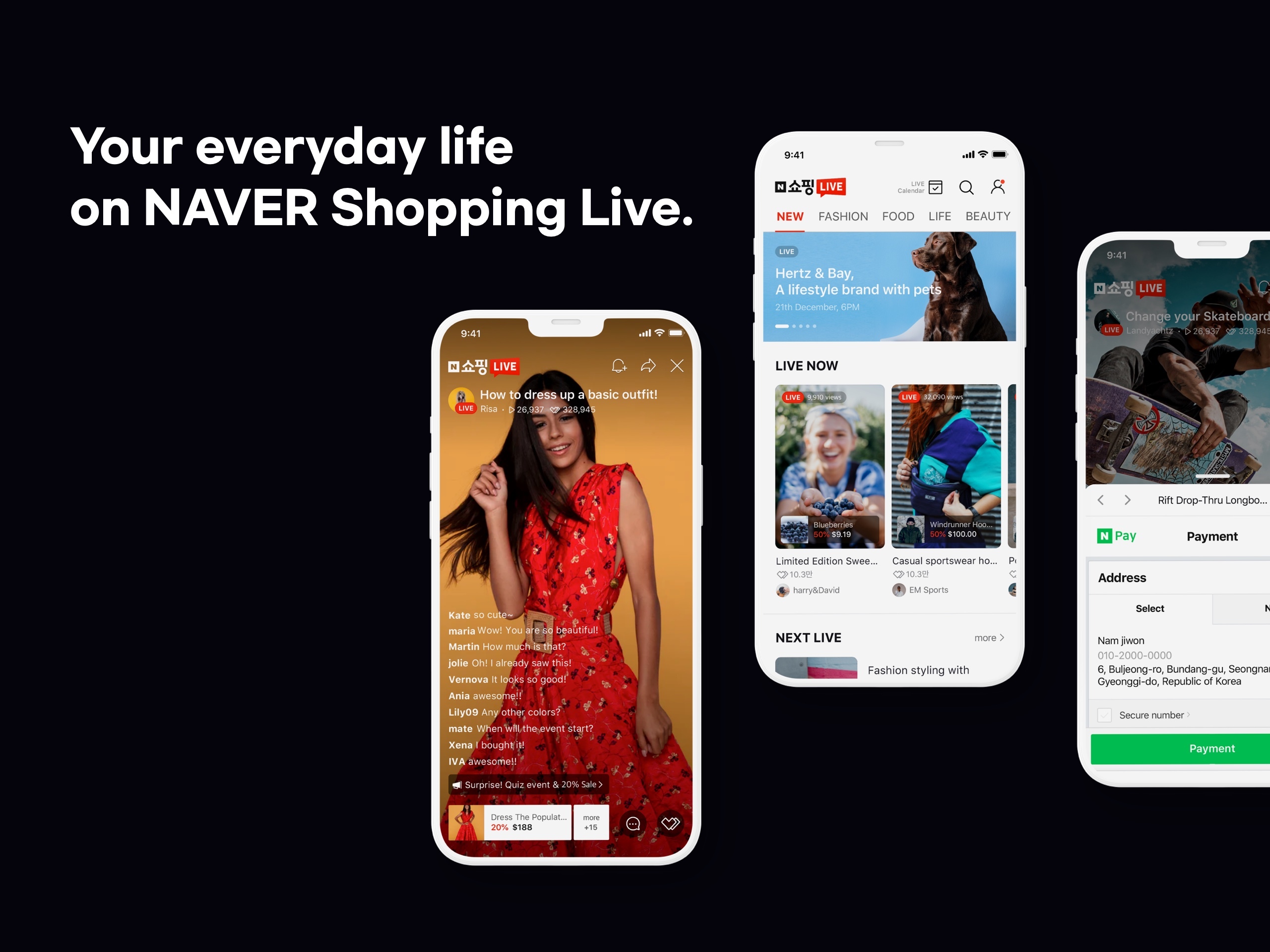
Expanding into new markets or selling overseas presents unique challenges and opportunities. Understanding the nuances of search engines in different regions is crucial. This article delves into the differences of Naver vs Google, focusing on how these differences can impact your digital marketing strategies whether you’re a company entering the Korean market or a Korean business looking to expand internationally.
Overview of Naver vs Google
While Google dominates the global search market with over 90% share, South Korea is one of the few countries where it faces strong local competition.
By the end of 2022, Google’s market share in South Korea was 26.8%, which surged to 35.3% by the end of March 2023, closing the gap with market leader Naver.
Nevertheless, Naver maintains a strong position thanks to its integrated portal services, user-generated content, and deep cultural relevance. The ongoing competition between these two search giants highlights the importance of localization and understanding unique market dynamics in the global tech landscape.
Recognizing and leveraging the differences of Naver vs Google can significantly enhance your marketing effectiveness. Let’s dive into the differences between these two platforms.
Naver: Integrated Search Platform Based on Portals
Naver is a familiar portal site for Koreans, offering a comprehensive range of services beyond just search, including news, blogs, cafes, and shopping. This integration allows ads on Naver to appear in various forms across its diverse channels.
For instance, if you’re running a cosmetics brand, your ads on Naver can appear not only in search results but also in beauty-related blogs or cafes. This broad exposure through multiple channels is a significant advantage of Naver.
Google: Pure Search Engine Platform
Conversely, Google is renowned as the “king of search,” focusing primarily on its powerful search engine. Google’s search results are straightforward yet precise, which makes it highly effective at displaying ads that closely match user search intents.
For example, if someone searches for “laptop recommendations,” Google will show ads for relevant laptops, based on the user’s intention to purchase. This approach contributes to Google’s high conversion rates.
Naver vs Google: Search Results Page Structure
Next, let’s compare the search results page structures of Naver and Google. Understanding these differences will guide how to effectively display ads on each platform.
Naver: Sectioned Results
Naver’s search results page is divided into several sections: Power Links, Blogs, Cafes, Knowledge iN, News, etc. This structure allows advertisers to place ads across various sections in different formats.
For example, if you’ve launched a new diet product, you could use Naver’s advertising methods as follows:
- Power Links: Display ads at the top of search results for keywords like “diet.”
- Blog Section: Show product reviews in blog content.
- Cafe Section: Post ads in diet-related cafes.
- Knowledge iN: Use Q&A format for indirect advertising.
Leveraging these sections allows multiple exposures to potential customers. However, each section requires a distinct approach: information-based content for blogs and direct sales messages for Power Links.
Google: Simple and Unified Results Page
Google’s search results page is much simpler compared to Naver’s. It primarily lists text-based search results and ads together. Thus, creating ads that precisely match the user’s search intent is crucial on Google.
For example, if you’re selling an online English learning program, you might:
- Search Ads: Run ads with keywords like “online English learning.”
- Highlight Unique Selling Points: Emphasize features like “free trials” and “native 1:1 lessons.”
- Optimize Landing Page: Ensure it matches the search keywords.
- Remarketing: Continuously show ads to website visitors.
Google’s emphasis on ad quality scores means using relevant keywords and optimizing landing pages are key. Understanding user intent and aligning your ads accordingly is essential.
Naver vs Google: Ad Types
Now, let’s look at the specific ad types offered by Naver and Google. Understanding these can help you develop more effective advertising strategies.
Naver Ad Types
Naver offers a variety of ad types, including:
- Power Links (Search Ads): These are prominent ads appearing at the top of search results for specific keywords.
- Brand Search: Large banner ads displayed at the top of search results for brand names, ideal for enhancing brand recognition.
- Content Search Ads: Ads appearing in blog or cafe content, allowing for a more natural advertising format.
For example, if launching a new smartphone accessory brand, you could:
- Power Links: Advertise with keywords like “smartphone cases” and “wireless chargers.”
- Brand Search: Use banner ads to emphasize brand image and introduce new products.
- Content Search Ads: Display ads in blogs or cafes with keywords like “smartphone accessory recommendations.”
Combining these ad types allows for a multifaceted approach to reaching potential customers. However, each type requires a different strategy: direct purchase incentives for Power Links and information provision for content search ads.
Google Ad Types
Google also offers diverse ad types:
- Search Ads: Text ads related to users’ search queries displayed on search results pages.
- Display Ads: Banner ads shown across various websites in the Google Display Network.
- Video Ads: Ads displayed in video format on platforms like YouTube.
For example, if running an online furniture store, you could:
- Search Ads: Use keywords like “modern living room furniture” or “affordable sofas” to drive traffic to your store.
- Display Ads: Show banner ads on home décor blogs or interior design websites to capture potential buyers.
- Video Ads: Create short videos showcasing your furniture collections or offering decorating tips on platforms like YouTube, with a link to your product pages.
Google’s strength lies in its refined targeting options. For example, targeting users interested in home décor or furniture who are 25-45 years old, or recent searchers for topics like “living room design ideas” or “furniture shopping,” enhances ad efficiency.
Naver vs Google: Keyword Management
Keywords are central to search advertising. Naver and Google differ in how they manage and expand keywords. Understanding these differences can help you develop more effective keyword strategies.
Naver: Manual Keyword Management with Limited Expansion
Naver generally relies on manual keyword management, requiring advertisers to select and manage keywords themselves. This method allows for precise control but can be time-consuming.
For instance, if running a pet shop:
- Select Core Keywords: Choose keywords like “dog supplies” and “cat food.”
- Use Related Searches: Identify and add related keywords like “dog toys” and “dog clothes.”
- Seasonal Keywords: Manually add keywords like “dog cooling mats” for summer and “dog padding” for winter.
- Negative Keywords: Exclude irrelevant clicks with negative keywords like “free” or “cheap.”
Careful manual keyword management is crucial for aligning with your business needs.
Google: Advanced Keyword Expansion with Machine Learning Optimization
Google offers advanced keyword management features and automated optimization through machine learning, reducing manual effort while enhancing strategy effectiveness.
Google’s key keyword management features include:
- Keyword Planner: Provides new keyword ideas and data on search volume and competition.
- Automated Keyword Expansion: Automatically displays ads for keywords similar to the ones set.
- Dynamic Search Ads: Automatically targets relevant search queries based on website content.
For a pet shop:
- Use Keyword Planner: Analyze related keywords and their search volumes.
- Automated Keyword Expansion: Set a keyword like “dog food” and let Google expand it to related terms.
- Dynamic Search Ads: Automatically target ads based on your website’s content.
While Google’s automation features reduce effort, periodic checks and adjustments are necessary to ensure keyword relevance.
Naver vs Google: Targeting Options
Let’s explore the targeting options available on Naver and Google. Precise targeting is crucial for maximizing ad efficiency.
Naver: Basic Targeting Options
Naver offers relatively basic targeting options:
- Geographical Targeting: Display ads to users in specific regions.
- Time Targeting: Show ads during specific times of the day.
- Day-of-Week Targeting: Target ads to specific days of the week.
- Gender Targeting: Focus ads on male or female users.
For instance, if operating a fitness center in Seoul:
- Geographical Targeting: Set ads for Seoul and nearby areas.
- Time Targeting: Focus on evening hours, from 6 PM to 10 PM.
- Day-of-Week Targeting: Target weekdays when people are more likely to exercise.
- Gender Targeting: Aim ads at women aged 20-30, your primary clientele.
However, Naver’s targeting options are less advanced compared to Google.
Google: Detailed Targeting
Google provides highly granular targeting options:
- Demographic Targeting: Age, gender, parental status, etc.
- Geographical Targeting: Country, city, radius, etc.
- Language Targeting: Ads for specific language users.
- Device Targeting: Mobile, desktop, tablet, etc.
- Interest Targeting: Users based on interests or behaviors.
- Remarketing: Target previous website visitors.
For the fitness center:
- Demographic Targeting: Set ads for women aged 25-45.
- Geographical Targeting: Focus on a 5 km radius around a specific area in Seoul.
- Device Targeting: Target mobile users, as they often search for fitness information on mobile devices.
- Interest Targeting: Focus on users interested in “fitness,” “diet,” and “health.”
- Remarketing: Re-target users who visited your website but didn’t sign up.
Google’s detailed targeting options enhance ad effectiveness but balancing reach with specificity is crucial.
Naver vs Google: Advertising Management Approaches
Naver and Google also differ in their advertising management approaches. Understanding these differences will help you create effective strategies for each platform.
Naver: Manual Management with Direct Control
Naver’s approach often involves manual management with direct control over advertising details:
- Keyword Bidding: Set individual bid amounts for each keyword.
- Ad Group Management: Create and manage multiple ad groups.
- Budget Allocation: Manually allocate budgets to different ad groups or campaigns.
For example, if managing a seasonal sale for a clothing brand:
- Set Bids: Adjust bids for “summer dresses” and “winter coats” based on seasonal relevance.
- Ad Groups: Create separate groups for “men’s clothing” and “women’s clothing.”
- Budget Allocation: Allocate higher budgets to more relevant products.
While this method offers control, it also requires more time and effort.
Google: Automated Management with AI Optimization
Google’s approach leverages AI and automation for ad management:
- Automated Bidding: Adjusts bids based on campaign performance.
- Smart Campaigns: Automates ad management for businesses with limited time.
- Performance Insights: Provides data-driven insights to optimize campaigns.
For the clothing brand:
- Automated Bidding: Use Google’s automated bidding strategies to optimize for conversions.
- Smart Campaigns: Set up a campaign and let Google handle bidding and placement.
- Performance Insights: Use insights to adjust keywords and ad content based on performance data.
Google’s automated management saves time but requires monitoring and adjustments.
Conclusion: Navigating the Landscape
Below is a summary of the key differences between Naver and Google, providing a clear comparison to guide your decision-making process.
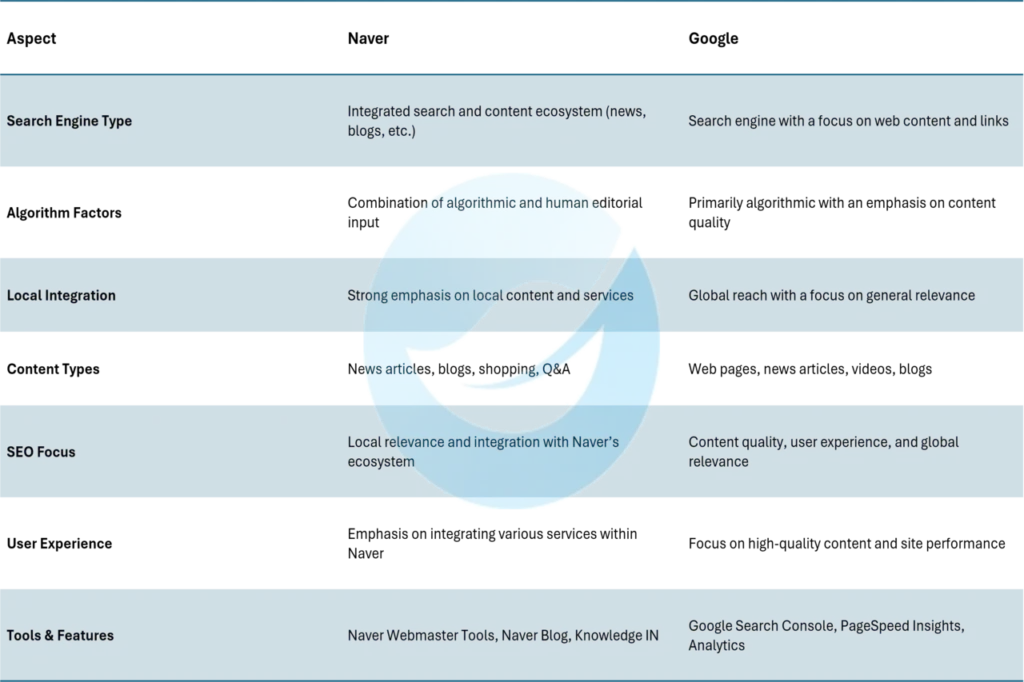
Choosing between Naver vs Google for your digital advertising efforts involves evaluating several factors, including your target audience, preferred ad types, and keyword management approach. Naver’s diverse ad placements within its integrated platform offer a unique advantage for reaching Korean users, while Google’s precise targeting and automated keyword expansion provide efficiency and global reach. By understanding these differences, you can tailor your advertising strategy to maximize effectiveness and achieve your marketing goals.
Growth Marketing Agency is a certified partner with Naver, leveraging our extensive expertise to navigate the nuances of both Naver and Google. Our deep understanding of these search engines enables us to craft tailored strategies that optimize your digital presence and drive results in the Korean market and beyond.
